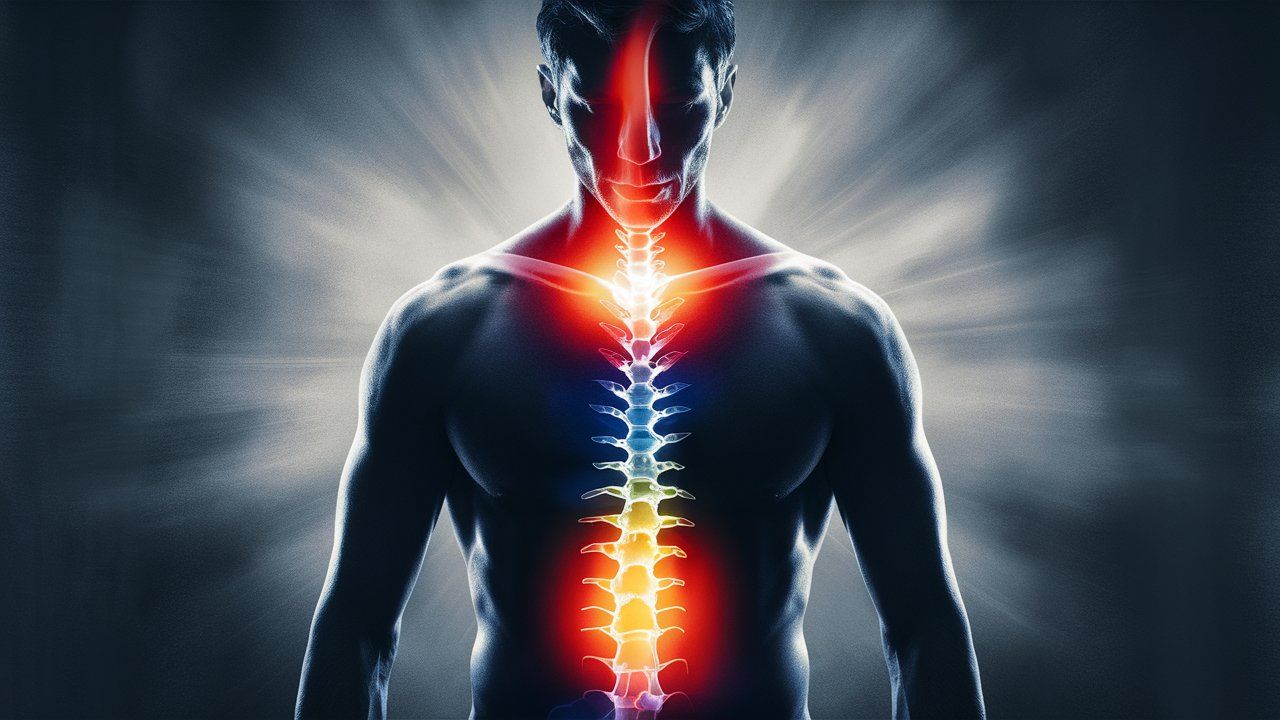Follow us on Google News (click on ☆)
A recent study has identified two distinct neuronal populations that enable the spinal cord to adapt and recall learned behaviors independently of the brain. This finding, published in Science, challenges the traditional view of the spinal cord as merely a transmission relay. It opens new perspectives for rehabilitation strategies after spinal cord injuries.

The role of the spinal cord is often diminished to that of a mere relay station, conveying messages between the brain and the body. However, the spinal cord can in fact learn and remember movements on its own. A research team from the Neuro-Electronics Research Flanders (NERF) explains how two different neuronal populations allow the spinal cord to adapt and recall learned behaviors entirely independent of the brain.
The enigmatic plasticity of the spinal cord
The spinal cord modulates and adjusts our actions and movements by integrating different sources of sensory information, and it can do so without input from the brain. Moreover, spinal cord nerve cells can learn to adjust various tasks autonomously, with enough repeated practice. However, how the spinal cord achieves this remarkable plasticity has long puzzled neuroscientists.
One such neuroscientist is Professor Aya Takeoka. Her team at the Neuro-Electronics Research Flanders (NERF) studies how the spinal cord recovers from injuries by exploring the wiring of nerve connections and their function and changes as we learn new movements. "We have evidence of 'learning' within the spinal cord from experiments dating back to the early 20th century. Nonetheless, the question of which neurons are involved and how they encode this learning experience remained unanswered," explains Prof. Takeoka.
To examine how the spinal cord learns, PhD student Simon Lavaud and his colleagues at the Takeoka lab devised an experimental setup to measure movement changes in mice, inspired by methods used in insect studies. "We assessed the contribution of six different neuronal populations and identified two groups of neurons, one dorsal and one ventral, that allow motor learning."
"These two sets of neurons take turns," explains Simon Lavaud. "The dorsal neurons help the spinal cord learn a new movement, whereas the ventral neurons help it remember and perform the movement later." The detailed findings, recently published in Science, illustrate that neuronal activity in the spinal cord resembles various classic types of learning and memory.
Exploring these learning mechanisms will be crucial, as they likely contribute to different ways we learn and automatize movement, and they may also be pertinent in the context of rehabilitation, states Prof. Aya Takeoka. "The circuits we've described could provide the means for the spinal cord to contribute to movement learning and long-term motor memory, which helps us move not only in good health but especially during recovery from brain or spinal injuries."